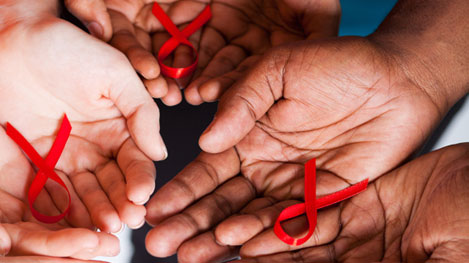
June 06, 2024
By Akeia Blue
National Minority Quality Forum Educates Congressional Staffers on the Importance of Providing Medicare Access to Anti-Obesity Medications
Read More

Hands holding red ribbons
Posted August 7, 2012 | Updated September 23, 2012
By Gary A. Puckrein
Published On The Huffington Post
The XIX International AIDS Conference (AIDS 2012) was convened from July 22-27 in Washington, DC. This was an historic moment – not only because it was the first of these biennial conferences to be held on this nation’s soil since 1990; but also because it took place amid rapid expansion and development of new, innovative therapies for treatment and prevention.
During his plenary lecture, “Ending the HIV/AIDS Pandemic: From Scientific Advances to Public Health Implementation”, Anthony S. Fauci, MD, director of the National Institute of Allergy and Infectious Diseases, stressed that the robust arsenal of antiretroviral drugs and scientifically proven interventions now available to treat and prevent HIV infection offers unprecedented opportunities to make major gains in the fight against HIV/AIDS and ultimately end the pandemic.
Over the past three decades, the accumulation of scientific knowledge has enabled scientists to better understand the virus and know what interventions work. While there’s still no cure and no vaccine, there are over 30 licensed drugs currently on the market. For persons with HIV and AIDS, biologic medicines are the cutting-edge drugs that hold the promise to transform their lives. As the name suggests, biologic medicines are created using biologic materials — living starter cells. These cells are then manipulated in a lab to produce large, multifaceted compounds. The end-result is both complex and genetically complicated.
Enjoy This Post? Read More Articles Below